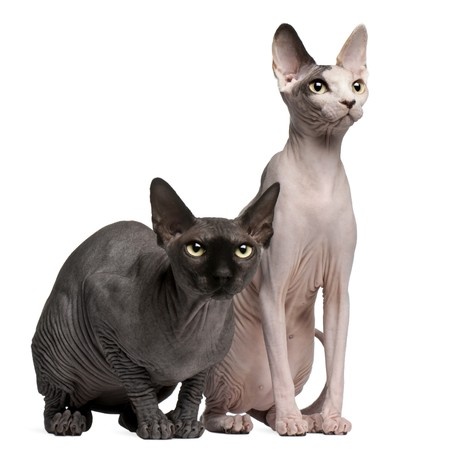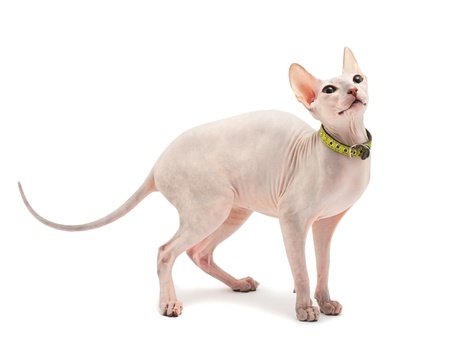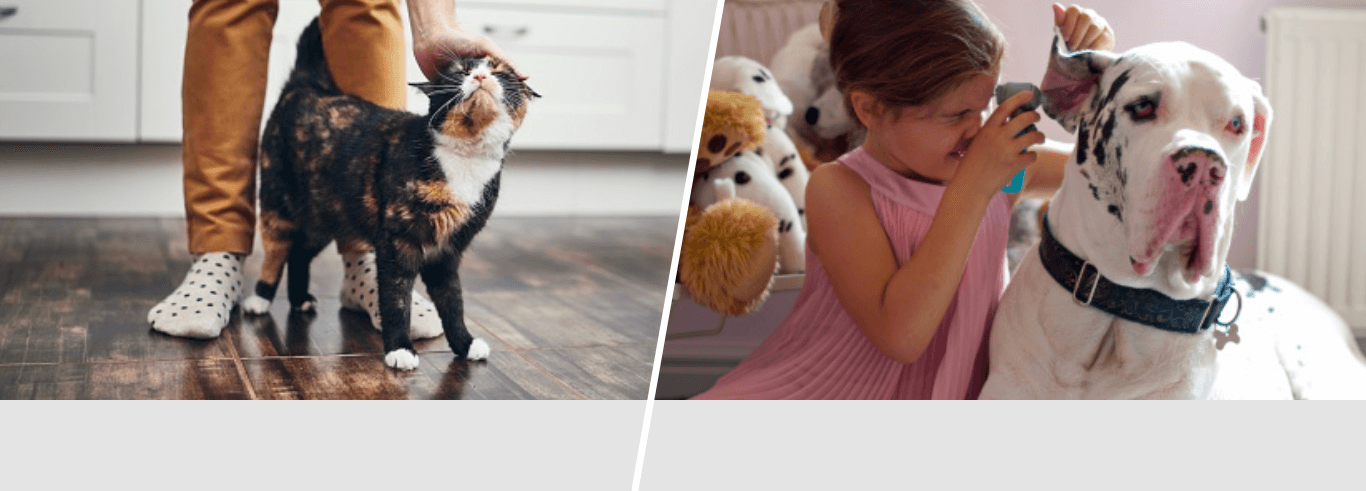Breed Review: Sphynx Cat Profile
You might think the Sphynx has been with us since ancient Egyptian times but you’d be mistaken, the cat was developed through selective breeding in North America as recently as the 1960s.
Distinctive and energetic, the breed of today actually descended from four cats; Epidermis, Dermis, Paloma and Punkie.
Size and appearance
The Sphynx is one of the most striking cat breeds. It is often regarded as a hairless cat but it does in fact have a fine layer of fur.
Its lack of thick fur means the Sphynx loses body heat readily, making it warm to the touch. It also means the cat enjoys being in warm places and most enjoy being petted.
The thin hair means the wrinkles of the skin and muscle definition are both apparent.
The cats have a deep chest, with longer hind legs than the front legs and a long, tapered tail.
With large, mouse-like ears and big oval eyes, they have been known to have every eye colour and often have odd coloured eyes.
Grooming
You might assume the lack of hair means less grooming is required than with other cats but the opposite is true.
Sphynx cats produce more ear wax than other breeds due to their lack of hair and their bodies can also become oily, meaning they need regular bathing.
The Sphynx also gets cold easily, so should be regarded as an indoor pet and, if you live in a cool climate (such as the UK!) you will need to take care to keep your pet warm, particularly during winter.
Temperament and behaviour
An outgoing and playful breed, they love to climb and dash around.
Intelligent, curious and affectionate, the Sphynx are often referred to as “dog-like” in their behaviour because they enjoy learning tricks and will happily go on a walk with a lead.
They also like being around people, including children, and usually get on well with other pets.
Their sociable nature means they don’t enjoy being left alone for long periods so, if you work during the day or won’t be at home, consider getting two of these cats to keep each other company.
Health
The Sphynx’s lack of hair means kittens can be particularly vulnerable to infections and good breeders will probably not allow young cats to go to new homes until they are at least 12 weeks old.
Their lack of fur means the Sphynx – which has a lifespan of between eight and 14 years – should avoid sunlight for too long, or there will be a risk of burning.
Recently added a Sphynx cat to the family? Remember to keep it protected with Argos Pet Insurance provided by Pinnacle Insurance plc. Explore our Sphynx cat insurance policies today.
 Sorry, our lines are now closed
Sorry, our lines are now closed





